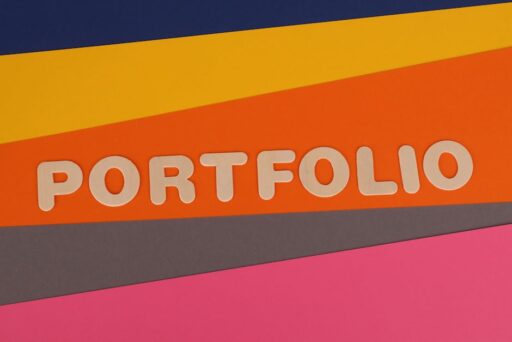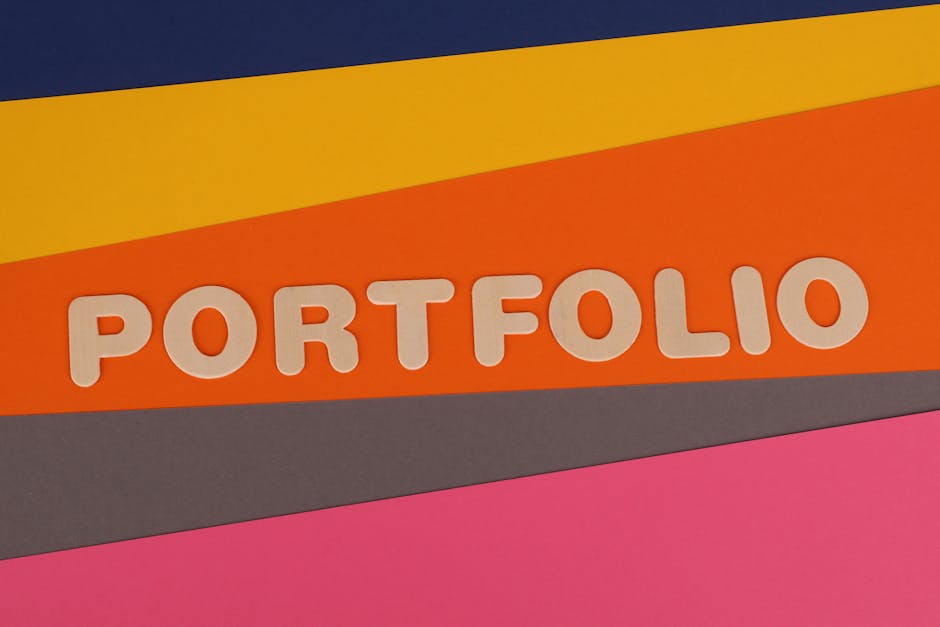Top Freelance Graphic Design Portfolios and How to Build Yours
In a crowded creative market, a well-crafted portfolio is the single most persuasive asset a freelance graphic designer can own. It communicates skill, taste, and process at a glance — and when done right, it converts visitors into clients. This guide curates exemplary freelance graphic design portfolios and provides practical, step-by-step advice to help you create a portfolio that stands out for its clarity, storytelling, and commercial appeal.
Why portfolios matter for freelance graphic designers
A portfolio is more than a gallery of pretty images. It’s a demonstration of your decisions, methodology, and ability to solve client problems. Recruiters and clients scan portfolios to evaluate:
- Visual consistency and brand voice
- Quality of execution across mediums (print, web, UI, packaging)
- Problem-solving skills and process transparency
- Relevance to their industry or project
High-performing portfolios mix visual impact with concise context — a balance that builds trust quickly.
What makes a freelance graphic design portfolio stand out?
This question often appears in search queries and is frequently featured in knowledge panels. To target that featured-snippet intent, here’s a concise checklist:
- Lead with 6–12 best projects that demonstrate range and depth.
- Use case-study format: challenge, solution, impact.
- Optimize images for quick loading and maintain visual hierarchy.
- Include client names and measurable outcomes when possible.
- Make contact and hire buttons visible on every page.
Answering the “what” with clear, scannable elements increases the chance your portfolio will be featured as a quick answer in search results.
Curated freelance portfolio examples and what to learn from them
Below are types of portfolio presentations that consistently impress clients. Each approach is effective depending on your specialty.
1. Minimal, bold branding portfolios
Minimal portfolios often use lots of negative space, large imagery, and a small selection of strong projects. This approach emphasizes concept and execution, letting each project breathe rather than crowding the viewer. Minimal layouts suit logo design, brand identity, and packaging work.
2. One-page visual showcases
One-page portfolios present work in a continuous scroll, often pairing full-width imagery with brief captions. This format is ideal for designers who want to create an immediate visual impact and guide the viewer through a curated experience.
3. Case-study-driven portfolios
Case studies sell the thinking behind the design. They are especially important for UX, product, and brand strategy projects. Case studies should explain the brief, constraints, your solution, and results or client feedback — ideally with metrics.
4. Hybrid designer-developer portfolios
Designers who code or prototype live work well with hybrid portfolios that show both static visuals and interactive demos. Embedding prototypes or linking to live builds helps potential clients see both concept and function.
How to structure your portfolio site for maximum impact
Follow these structural guidelines to improve engagement and conversions:
- Homepage: Hero image + 2–3 signature projects and clear CTA.
- Work page: Curated projects with case studies and diverse formats.
- About page: Short bio, approach, services, and client list.
- Contact: Simple form, email, and scheduling link if applicable.
Load speed, accessibility, and responsive design are non-negotiable. A slow or poorly formatted portfolio can undermine even the most beautiful work.
What to include in each project case study
A clear case study helps potential clients connect your output to real business needs. For each project, include:
- Project title and client (or indicate “concept” for personal work)
- Brief project summary (1–2 sentences)
- The challenge or goal
- Your role and process (tools, collaboration, timeline)
- Visuals: hero image, process sketches, final deliverables
- Results or client feedback
Keep descriptions concise. Many clients first skim for relevance; clear headers and bolded outcomes speed that process.
How to choose which projects to feature
Quality trumps quantity. Select projects that showcase your unique strengths and fit the type of work you want to attract. Consider these selection rules:
- Include 10–20 of your strongest pieces.
- Feature a variety of formats (identity, packaging, UI, editorial) if you offer multiple services.
- Favor recent, relevant projects that show current skills and aesthetics.
First impressions matter: the first three projects should be your most compelling work.
How to present side projects and speculative work
Side projects reveal creativity, experimentation, and initiative. Treat them as strategic showcases rather than filler: present goals, process, and what you learned. Experimental pieces can be the differentiator that attracts adventurous clients.
How to write copy that supports your visuals
Good copy is concise, benefit-driven, and uses active voice. Describe outcomes, not just actions. Replace vague phrases like “designed assets” with specific outcomes, e.g., “redesigned checkout flow, reducing cart abandonment by 18%” when you have the data.
How to improve discoverability and SEO for your portfolio
Optimize your portfolio site so clients can find you organically:
- Use descriptive page titles and meta descriptions that include your niche and location if relevant.
- Optimize image file names and alt text with keyword variations like “freelance graphic design portfolios” and “brand identity portfolio”.
- Structure content with headings (H1, H2, H3) and include short, helpful captions.
- Link to relevant blog content or articles that showcase your process or insights.
For deeper guidance on remote productivity and workspace setup — essential for freelancers managing time and deliverables — see our articles on Maximizing Efficiency in Remote Work Environments and Maximizing Productivity: Setting Up Your Ideal Home Office. These resources can help you create a reliable workflow that supports consistent delivery.
How to market your portfolio and attract clients
Presentation alone won’t fill your pipeline. Promote your portfolio through the following channels:
- Targeted outreach to agencies and brands that match your niche.
- Regularly share project highlights on social platforms with clear links back to case studies.
- Guest post or contribute to industry roundups to gain exposure and backlinks.
- Maintain a short, value-focused email sequence for leads and past clients.
Networking combined with consistent, high-quality content builds momentum over time. For balancing client work and business growth, revisit our strategies in Mastering Work-Life Balance: Strategies for Success.
Quick checklist: Launch-ready portfolio
- 10–20 curated projects with polished visuals
- At least 4 detailed case studies
- Visible contact info and hire CTA
- Fast, mobile-responsive site with optimized images
- SEO-optimized titles, alt text, and meta descriptions
Final thoughts: Your portfolio is your professional narrative
A portfolio is an evolving story of the problems you solve and the value you deliver. Treat it as a strategic asset: prune weak pieces, update with new wins, and refine the narrative so it targets the clients you want. With a thoughtful structure, clear case studies, and a consistent promotion strategy, your freelance graphic design portfolio becomes the engine that drives your business forward.
Ready to craft a portfolio that wins clients?
Start by curating your top projects into a simple, fast-loading site. Use the case-study format above and publish one new, promoted project each month. If you want help auditing your portfolio or optimizing it for search and conversions, contact our team for a portfolio review and action plan.
Call to action: Ready to transform your freelance portfolio into a client-winning showcase? Reach out to Tempus Tact for a professional portfolio audit and personalized strategy — let’s make your work impossible to ignore.





